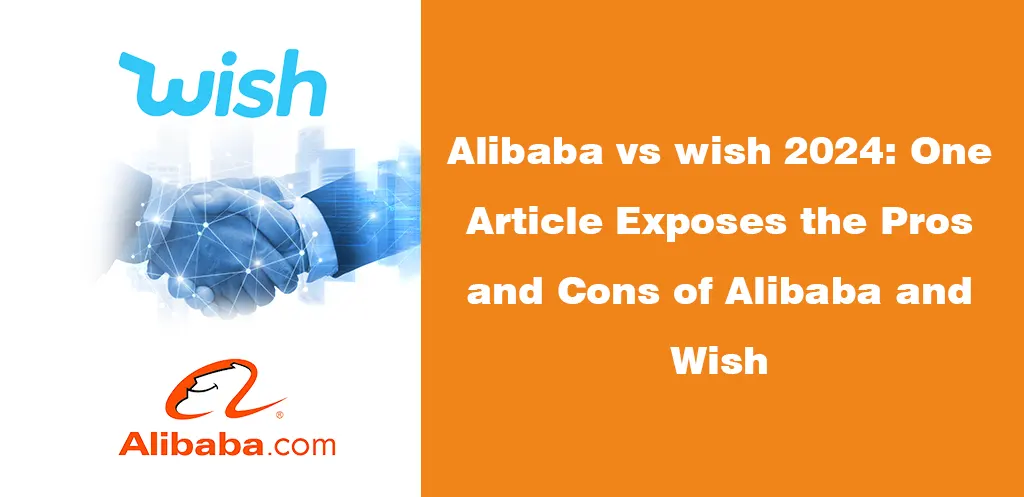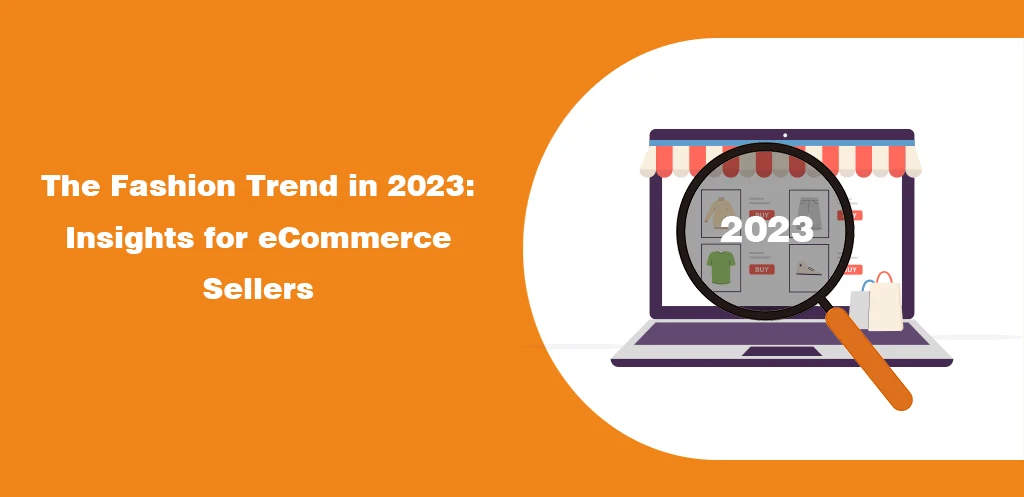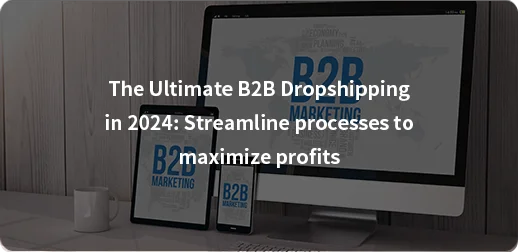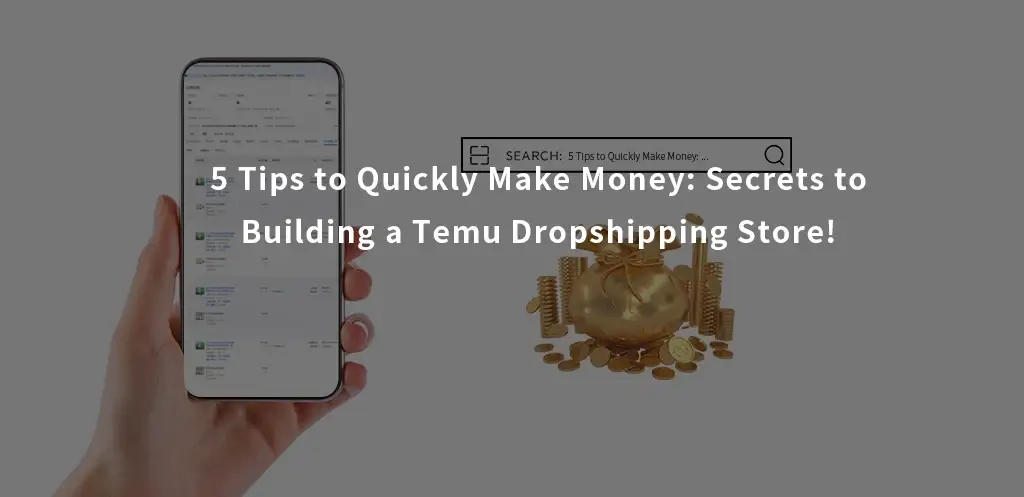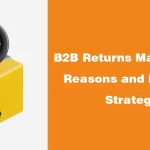Nowadays, invalid traffic has become a big concern for e-commerce businesses. Reports suggest that invalid traffic is the sole culprit of wasted advertising spending.
By viewing the click data, it has become evident that there is a significant variation in wrong traffic rates across distinct marketing channels.
If your content set up for advertisement is not generating the results you desired, you may be dealing with invalid traffic.
In this guide, you will learn about invalid traffic and its types, along with tips for identification and eradication.
This guide will help you optimise your advertisement expenditure and get the results you want to see.
What Does Invalid Traffic Mean?

According to Google, invalid traffic, also known as IVT, refers to any activity that doesn’t arise from an actual user genuinely interested in the products or services you are selling.
In other ways, we can define invalid traffic as any clicks or impressions that are artificial and can decrease an advertiser’s costs or a publisher’s earnings.
Invalid traffic can include purposeful fraudulent traffic and unintentional clicks made by users surfing the internet. Both types of traffic can be a common cause of weak activity.
A report by Imperva stated that out of the 42.3% of bots being the sole culprits of overall web traffic, 27.7% are malicious.
Bots are automated programs designed with the purpose of targeting and disrupting websites. They can cause distributed denial of service attacks along with carrying out content scraping activities.
However, it would be best to acknowledge that not all bots are your enemies. Some bots can work as your friends, too, and help your website in multiple ways.
For example, helpful bots can crawl and index web pages, which helps search engine visitors find them.
The most important aspect is that no matter how helpful a bot is, it can deplete your advertising budget. This means that both good and bad bots are bad for your overall advertising budget.
Hence, it is vital to identify them quickly and block them. This can help prevent all bogus clicks on your PPC advertisements.
Types of Invalid Traffic
Invalid traffic can be of many types. However, all types are divided into two categories. General (GIVT) and sophisticated (SIVT) are the two forms of invalid traffic.
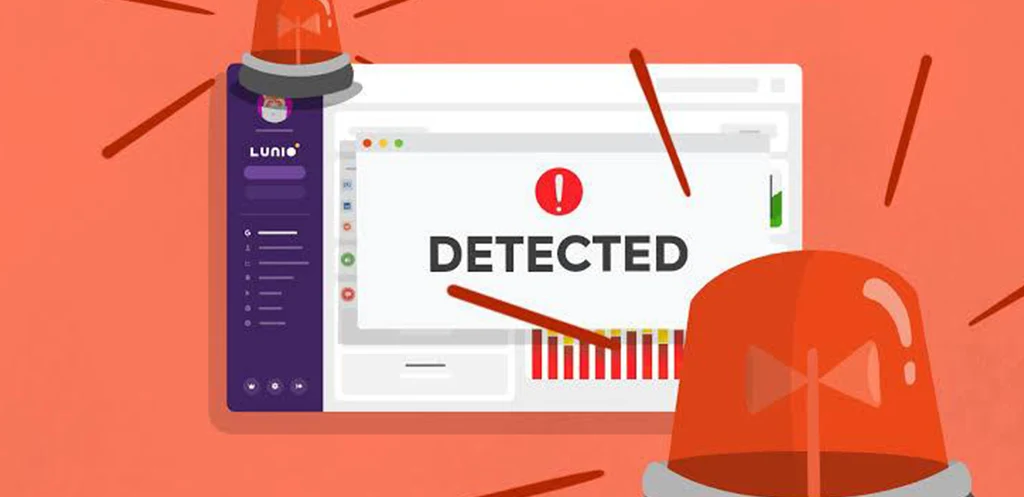
Below, we have given an overview of both of these categories, along with their main distinctions.
A.General Invalid Traffic (GIVT)
Generalised invalid traffic refers to the traffic that is generated unintentionally. This invalid traffic originated from non-malicious ways.
1-Intent
Generally harmless and safe.
2-Sources
This traffic originates when actual people make accidental clicks. It can also be as a result of VPNs and proxy servers.
Test accounts, data centre traffic, and even non-malicious bots can be helpful culprits for this traffic.
3-Detection methods
You can detect this type of invalid traffic using filters and parameters. Just simply select a fraud prevention software.
B.Sophisticated invalid traffic (SIVT)
Sophisticated invalid traffic refers to ad fraud. This type of invalid traffic is generated intentionally.
1-Intent
Generally malicious and harmful.
2-Sources
Sophisticated invalid traffic comes from click farms and harmful bots. Any bot that tries to act like a real user can also be a culprit for this.
3-Detection methods
By using advanced analytics and human intervention, you can easily detect this invalid traffic. Just choose a fraud prevention software for this purpose.
Both types of invalid traffic can cause incorrect clicks, saving your advertising expenditure. Hence, you need to remove them from your ad traffic.
How to Identify Invalid Traffic Using Google Analytics
Below, you can find four strategies that will simplify the identification of bogus traffic in Google Analytics.
1-High Bounce Rate
Bounce rate is said to be the percentage of users who visited just one page of your website and left.
Commonly, we see a bounce rate of 50 to 70%. However, it is advised that websites should reduce this to 30-50%.
If your website shows a bounce rate of more than 70%, you might face a bot issue. Bots don’t stay on web pages to look around. They quickly exit after landing one web page.
If you want to check your bounce rate, include this information in your events report. This will help you view the bounce rate of every web page of yours.
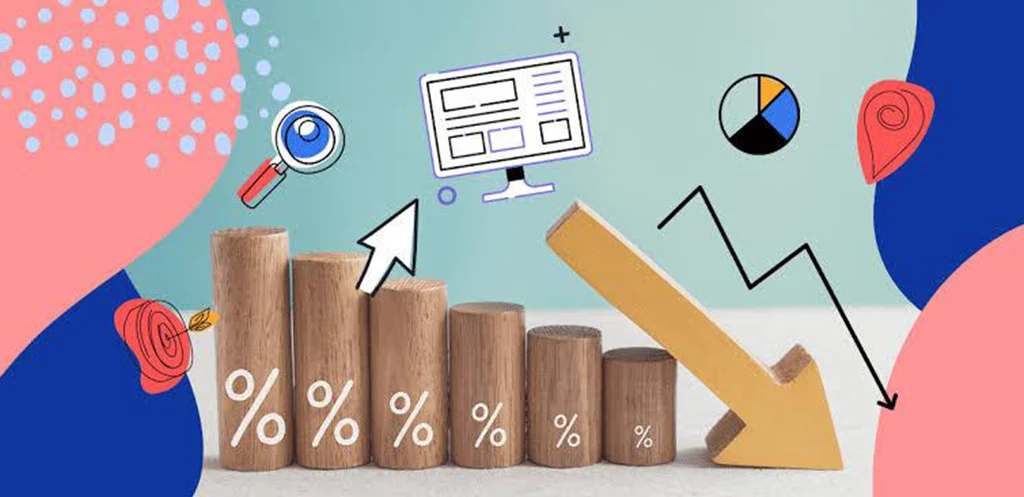
You can also carry out a cross-reference with the traffic source. If the bounce rate is high for paid traffic, you might have a large volume of invalid traffic.
2-Low Session Duration or Dwell Time
Dwell time means the amount of time a user has dwelled on the landing page of your website before going back to the search results page.
If your dwell time is low, your landing page has some issues. The page does not coincide with the user search intent, or you can also blame this issue on the influx of bots.
Most PPC landing pages should have a duration of 35 seconds to 2.5 minutes. This is seen as optimal. You can check the dwell time in Google Analytics 4 by viewing the average session duration.
For this, make sure you have set your traffic source to sponsored traffic. By doing so, you can monitor the duration of time spent on your site by PPC-generated.
If this time is less than 30 seconds, you must deal with a high volume of invalid ad clicks. To counter this issue, go through your campaigns and examine them thoroughly.
3-Traffic Peaks with Low Conversion Rates
Many businesses need to understand the conversion rate to run PPC campaigns. Hence, they expect the wrong things.
There might be some issues if you are dealing with high traffic spikes, but your conversion boost is less than expected.
For this problem, equip yourself with a custom GA4 notification setup. This will keep you updated with any unexpected activity on your website.
4-Repeated Suspicious Traffic Patterns
If you repeatedly experience the same traffic pattern in your Google Analytics account, then beware of bots. Bots are designed to function in automatic schedules.
Let’s take an example of this. If there is an image that depicts traffic that is coming from eight different referring sites. Each traffic also displays the same pattern.
This means that bots are being sent to your site, which follows a similar schedule despite how many are being sent.
Regular web traffic needs to display consistent patterns. There are bell-shaped curves that represent average web trends with a few outliers.
Knowing and understanding your data is very important as it can help you identify trends more quickly.
How to Fix Invalid Traffic
Using Google Analytics 4, you can identify invalid traffic to your website. However, it won’t help you, restrict it.
Learn how to fix invalid traffic to stop non-human visitors from damaging your advertisement campaign.
1-Understand your traffic.

The first and most important thing is identifying your traffic, anomalies, and suspicious activities. For this, you must know what a typical traffic pattern looks like.
You must know your target audience. For example, you should know where they come from. What times might you experience traffic peaks and troughs? The amount of time visitors surf on your website before leaving it.
By looking at such variables and your research data from your Google Ads account, you can easily acknowledge how PPC brings your target audience to your website.
For an effective PPC campaign, you must eradicate potentially dangerous variables. For example, your advertisement appears for irrelevant keywords.
If this is an issue, then real and fraudulent users will click your ads, which can ultimately raise your expenses without bringing you the desired results.
2-Avoid lesser-known ad networks.
You need to network your advertisements on legitimate and trustworthy platforms. The most famous platform for this purpose is the Google Ads and prominent social media sites.
However, they are prone to experiencing sophisticated types of fraudulent activity. This is because they lack certain anti-bot safeguards.
If you want to network for your advertisement, always choose well-known brands.
However, if you plan to run advertisements through Google Display Network, keep the range of eligible places limited. This is because it is considered the worst offender for invalid traffic.
Hence, your focus should be on excluding poor-quality platforms. It can be time-consuming, but it is worth it as it can help you save a lot later on.
3-Never pay for website traffic.
Paying for site traffic is never a good idea, no matter how desperately you want to enhance site traffic.
Many services claim that they can help businesses gain more traffic to their websites. However, they usually use bots to help them with this task. The bots tend to create the numbers they guarantee.
On the other hand, even if they target your organic content, they won’t affect your PPC efforts. The only impact they have is rendering reporting unreliable.
4-Exclude suspicious domains.
When you are using GA4, you can make use of the “List Unwanted Referrals” functionality. You can find this under Data Streams in the Property column of the Admin area.
You can easily remove domains from your Google Analytics data using this list. Hence, when you have identified problematic sites, add them to the list and remove them from future data.
This strategy has been proven to be very helpful in evaluating performance, especially when dealing with significant anomalies in a single area.
However, if you want to block invalid traffic, there might be better ways. Many businesses get suspicious-looking traffic to evaluate and filter out manually.
Conclusion
In conclusion, the sole reason most advertising expenditure goes to waste is invalid traffic. This problem has a drastic impact on the overall performance evaluation.
Imagine spending so much on advertising your product and being unable to sell and make profits. This is a total disaster.
Hence, our guide has emphasised invalid traffic and its types to help you identify which invalid kind of traffic you are dealing with.
We also take you through various ways to identify the invalid traffic because you can only resolve it by recognising it as a problem.
This guide has listed the best ways you can deal with the concern of invalid traffic. Using the eradication methods, you can help overcome this issue in no time at all.
After eradicating your invalid traffic, you can expect your sponsored content to reach the right audience.
This target audience will then be converted into customers, resulting in the overall success of your marketing campaign and maximum profits.

